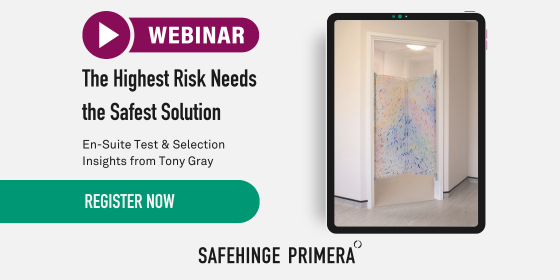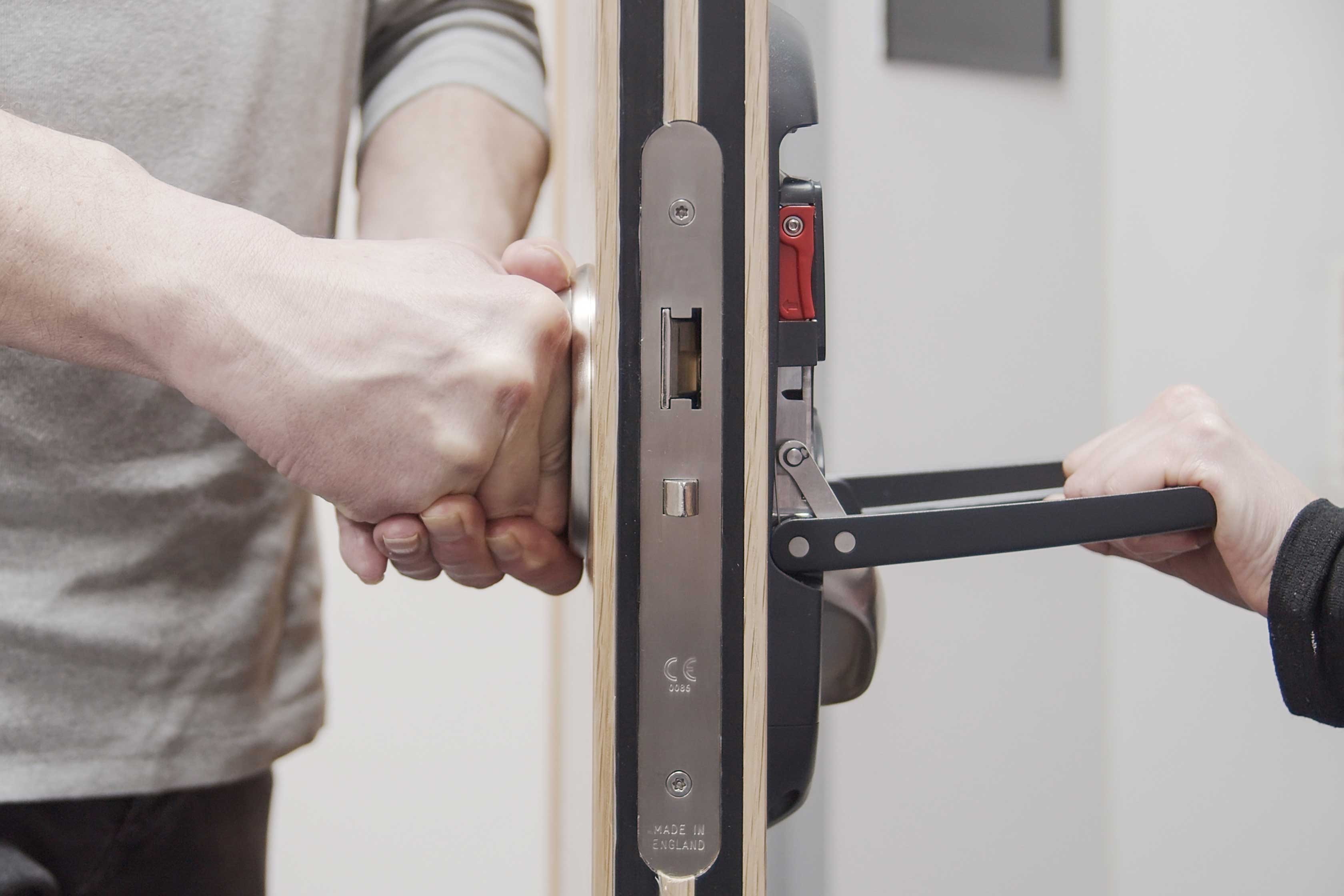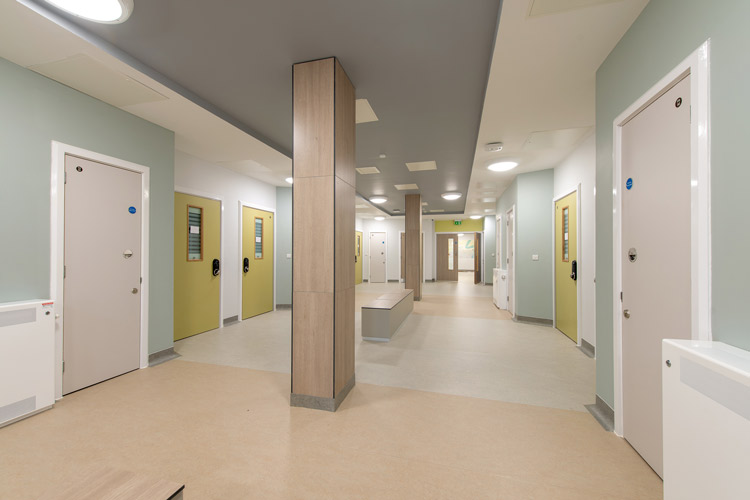A recent Care Quality Commission report (CQC) stressed the need for Trusts to reduce restrictive practices in Mental Health wards. One point often picked up by them is the ability for service users to lock and unlock their own door – possible with our electronic locks using safe wristband keys.
As Access Control Manager at Safehinge Primera, I help you to specify the most suitable locksets for your ward – that's why I've produced this article to examine what the CQC report means for the future of Mental Health environments and how electronic locksets may be part of the solution.
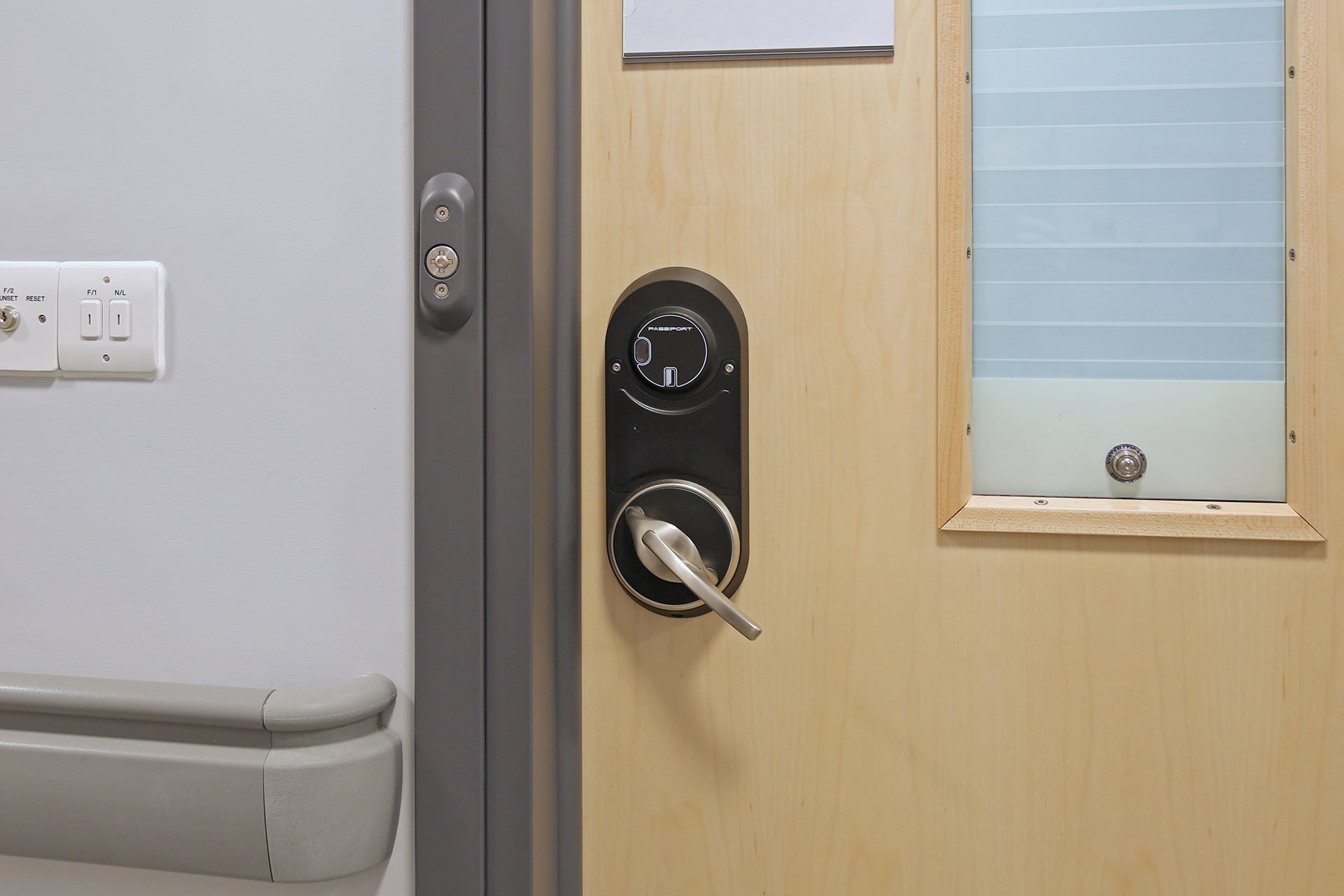
Increasing pressures on bed numbers
According to figures obtained by Labour MP Lucian Berger, for the 3rd year running, more than half of Clinical Commissioning Groups are planning to either cut or freeze their Mental Health budgets, despite Government pledges that funding will increase.
And as the demand for Mental Health care and support continues to rise – with 24% of 14-year-old girls and 9% of boys reported experiencing depression – this has been worsened by the length of time service users are now spending in high dependency rehabilitation wards, averaging at 341 days – far longer than the CQC expect for a 'rehabilitation service'.
Going forward, it's clear that action is required to reduce the time service users are spending in Mental Health wards and limit this ever-growing pressure on bed numbers.
Moving past restrictive practices
For Paul Jenkins, chief executive of Rethink Mental Illness, "the system has become too focused on managing risk" and "needlessly detaining [service users] in very expensive settings".
Similarly, the CQC report on the State of Care in Mental Health services 2014 to 2017 highlighted concerns that care for some patients are overly restrictive, setting an expectation for Mental Health services to commit to reducing restrictive interventions.

Promoting service user independence
As a result, more and more Trusts and now looking for best practice options to minimise restrictive practices, promote effective recovery and consequently reduce the time service users are spending in their services.
Projects I've worked on recently have installed electronic locksets to offer this greater service user independence, by granting service users complete control over their own living space. Unlike mechanical locksets, they enable them to lock and unlock their own door by themselves. Can you imagine staying in a hotel where you had to ask reception to do this for you? If you had an unpleasant neighbour you may not even feel comfortable leaving your room.
And whilst the perceived risk of granting this independence has long been considered too great a risk – largely due to self-harm risks with keys and the cost of managing a lost key, the CQC report found example where coupling service user independence with appropriate staff training and careful product selection to deal with potentially dangerous behaviour lead to a reduction of incidents.
Therefore through balancing good clinical practice with modern technology, Trusts can create safe and normalised environments where service users have the necessary independence to help them recover, and staff have the ability and support to deliver high-quality care in a therapeutic environment.
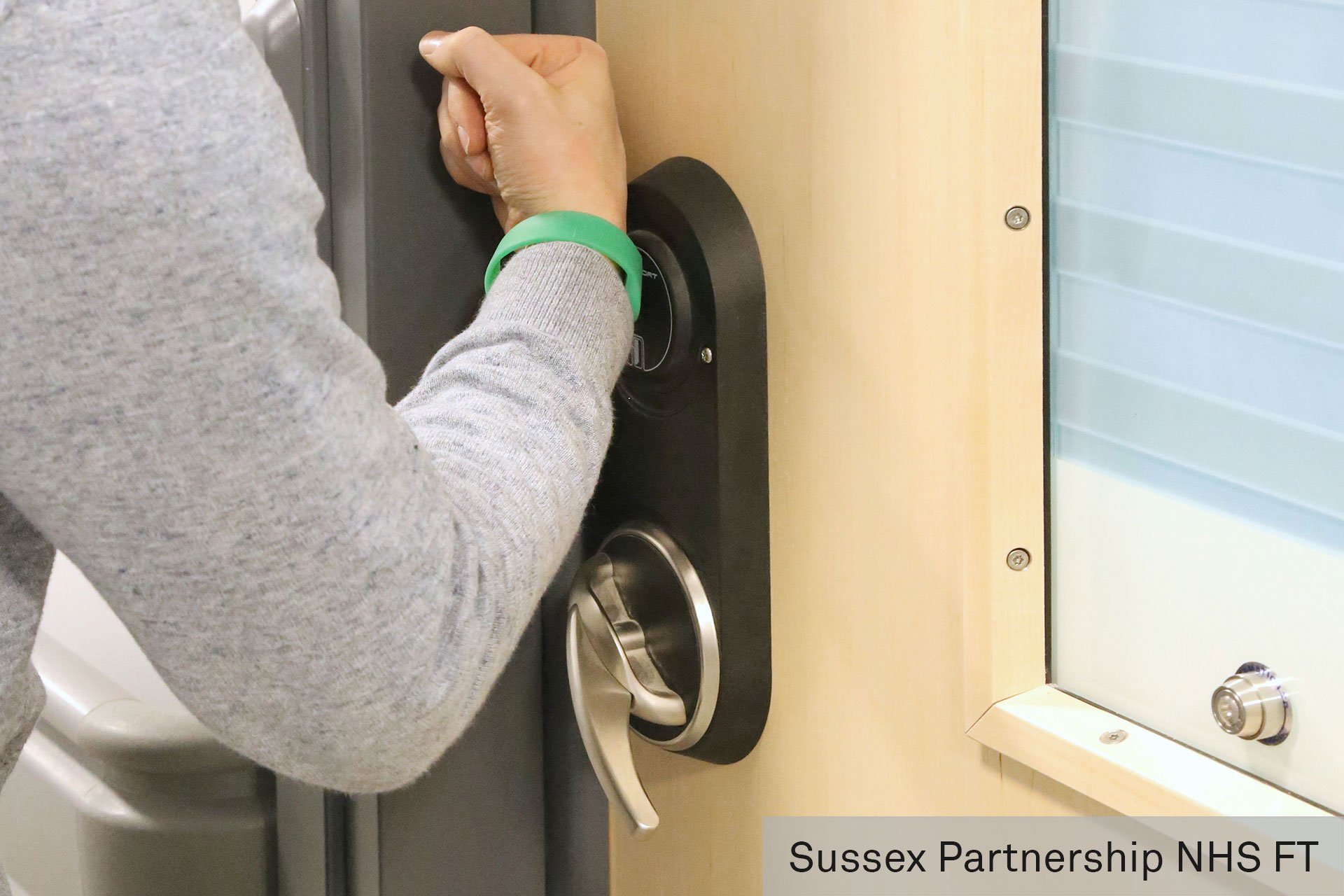
Electronic locksets
Already we've seen a 60% increase in the specification of our electronic locksets over the past two years.
Two Trusts who've recently installed our electronic lockset, Passport, are Sussex Partnership NHS Foundation Trust and Humber NHS Foundation Trust. Looking for best practice in safety, recovery and practicality, our electronic locksets have enabled them to offer harmless wristbands or keyfobs to service users, emulating the home environment and helping to restore dignity and aid recovery.
Plus, it's an easy retrofit. Operated via a wireless network, the discreet system uses minimal cabling.
Like all improvements in mental health care, electronic locksets alone are not the solution. But together with other improvements – like creating a therapeutic environment and providing appropriate staff training – service users can recover quicker and return to their communities.


